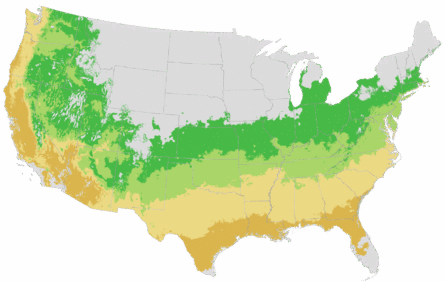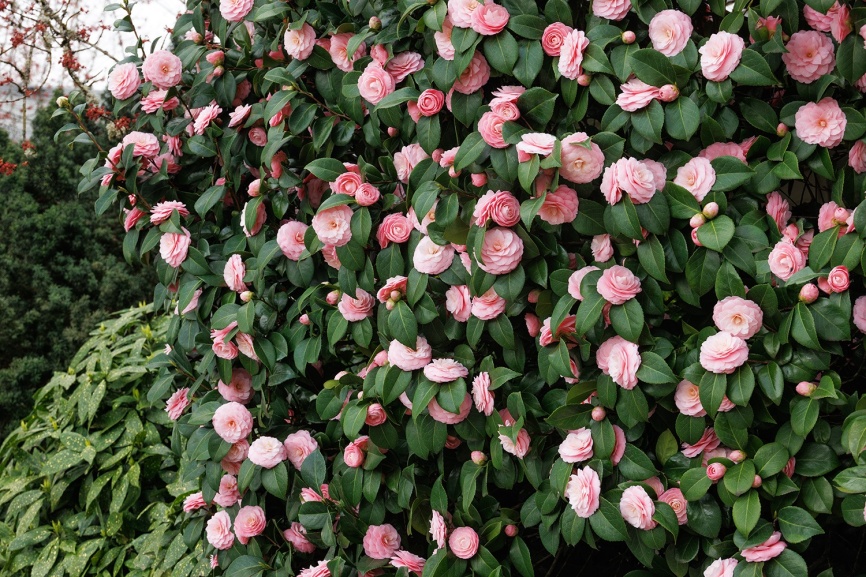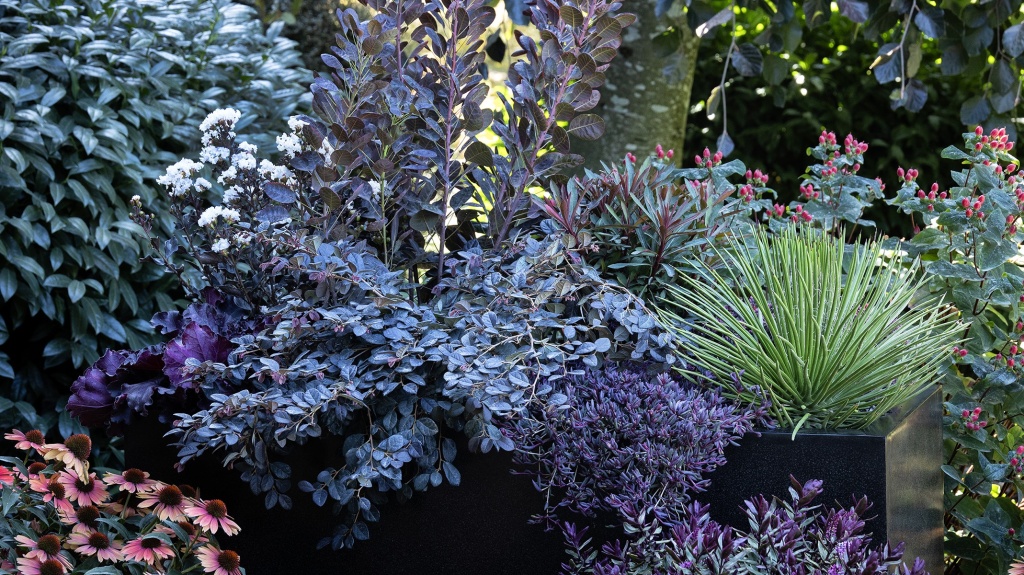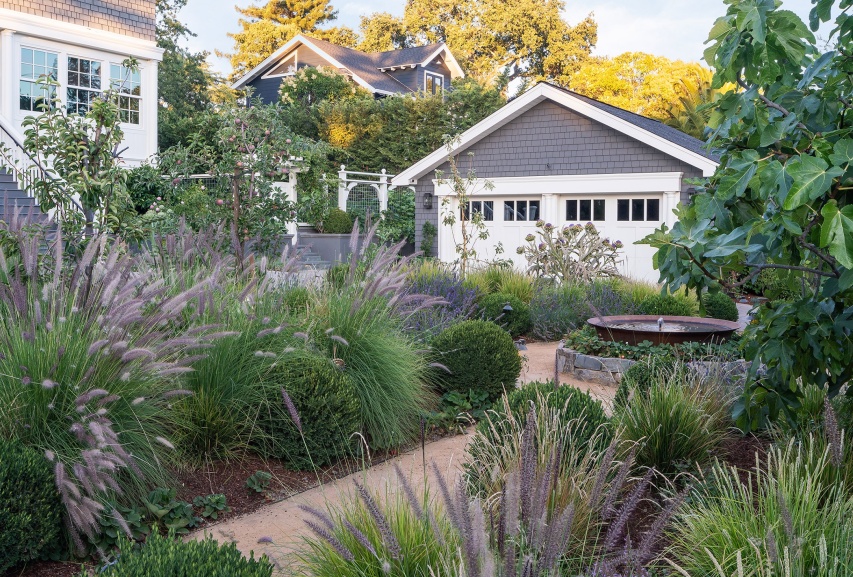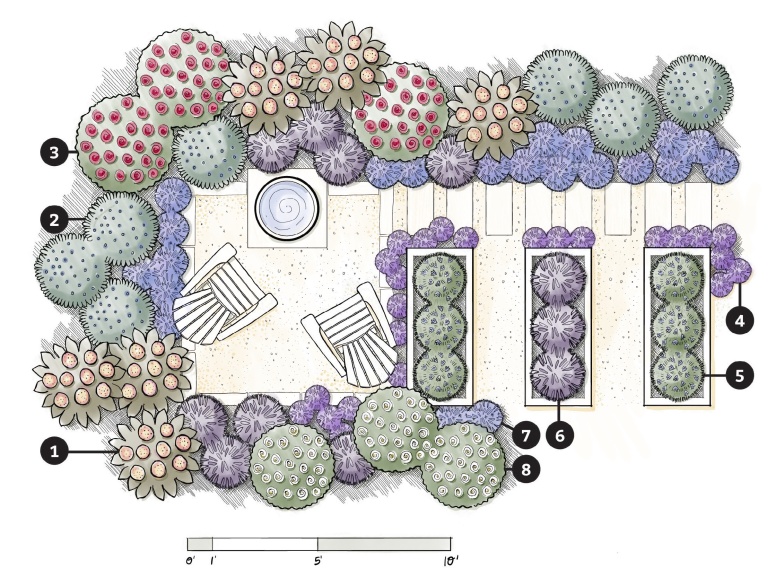You're growing in this Zip Code:
Change LocationDiscover Plants for Your Area
Silver Princess™ Boxleaf Euonymus
Euonymus japonicus 'Moness'
Retailers Near You
| Description | A newer, brighter boxleaf euonymus with large, lustrous, green leaves that display silvery margins. Its upright, compact habit and vigorous nature create a perfect, small, natural hedge. The dense evergreen foliage is easily pruned to create a formal clipped border or topiary form. |
|---|---|
| Bloom Time | Inconspicuous; prized for foliage. |
| Deciduous/Evergreen | Evergreen |
| Special Features | Dramatic Foliage Color, Easy Care, Ornamental Berries, Compact Form, Benefits Birds |
| Problems/Solutions | Coastal Exposure, Black Walnut Tolerant, Road Salt Tolerant |
| Growth Rate | Moderate |
| Growth Habit | Upright |
| Landscape Use | Border, Container, Hedge, Suitable for Topiary |
| Design Ideas | A useful broadleaf evergreen shrub for creating informal low hedges as partitions and for spatial definition within garden rooms. A dense light value foliage mass that may be played off darker green and bronze colored plants for unique contrast. This quality also adds light to semishaded dells. Fine branching adapts to casual topiary and informal shapes. Excellent year around coverage for foundation plantings that makes a striking effect against brick walls and wainscot. |
| Flower Color | Green |
| Foliage Color | Variegated |
| Companion Plants | Rhododendron (Rhododendron); Potentilla (Potentilla); Holly (Ilex); Daylily (Hemerocallis); Coral Bells (Heuchera) |
| Care Instructions | Easy to grow in average, well-drained soils. Best with full sun in humid climates and afternoon shade in extremely hot climates. Water deeply and regularly during the first growing season to establish an extensive root system; reduce frequency once established. Fertilize in early spring. Prune regularly to maintain shape as a topiary. |
| History | At the end of the 19th century, breeders produced such brilliant coloring in E. japonicus cultivars that they were awarded First Class Ceritificates in Britain. This is one of the award winner's descendents. Although the genus was defined early in Europe by Linnaeus to contain native E. europaeus or spindlewood, the majory of our contemporary species and cultivars issue from plant of Asian origin. This native of Korea, China and Japan was introduced in 1804, a date which points to Dr. Carl Thunberg, physician of the Dutch East India Company as its collector. In japan it is called Iso Curoggi, or black short tree. |
| Lore | The European Euonymus species was named spindlewood because its branches were fashioned into spindles for spinning wheels. E. japonicus is considered a poisonous plant in the Pacific. |
| Description | A newer, brighter boxleaf euonymus with large, lustrous, green leaves that display silvery margins. Its upright, compact habit and vigorous nature create a perfect, small, natural hedge. The dense evergreen foliage is easily pruned to create a formal clipped border or topiary form. |
|---|---|
| Bloom Time | Inconspicuous; prized for foliage. |
| Deciduous/Evergreen | Evergreen |
| Special Features | Dramatic Foliage Color, Easy Care, Ornamental Berries, Compact Form, Benefits Birds |
| Problems/Solutions | Coastal Exposure, Black Walnut Tolerant, Road Salt Tolerant |
| Growth Rate | Moderate |
| Growth Habit | Upright |
| Landscape Use | Border, Container, Hedge, Suitable for Topiary |
|---|---|
| Design Ideas | A useful broadleaf evergreen shrub for creating informal low hedges as partitions and for spatial definition within garden rooms. A dense light value foliage mass that may be played off darker green and bronze colored plants for unique contrast. This quality also adds light to semishaded dells. Fine branching adapts to casual topiary and informal shapes. Excellent year around coverage for foundation plantings that makes a striking effect against brick walls and wainscot. |
| Flower Color | Green |
| Foliage Color | Variegated |
| Companion Plants | Rhododendron (Rhododendron); Potentilla (Potentilla); Holly (Ilex); Daylily (Hemerocallis); Coral Bells (Heuchera) |
| Care Instructions | Easy to grow in average, well-drained soils. Best with full sun in humid climates and afternoon shade in extremely hot climates. Water deeply and regularly during the first growing season to establish an extensive root system; reduce frequency once established. Fertilize in early spring. Prune regularly to maintain shape as a topiary. |
|---|
| History | At the end of the 19th century, breeders produced such brilliant coloring in E. japonicus cultivars that they were awarded First Class Ceritificates in Britain. This is one of the award winner's descendents. Although the genus was defined early in Europe by Linnaeus to contain native E. europaeus or spindlewood, the majory of our contemporary species and cultivars issue from plant of Asian origin. This native of Korea, China and Japan was introduced in 1804, a date which points to Dr. Carl Thunberg, physician of the Dutch East India Company as its collector. In japan it is called Iso Curoggi, or black short tree. |
|---|---|
| Lore | The European Euonymus species was named spindlewood because its branches were fashioned into spindles for spinning wheels. E. japonicus is considered a poisonous plant in the Pacific. |
Retailers Near You
About Us
We have been pioneers and craftsmen in the art of growing plants for nearly
100 years. Since our founding in Southern California by Harry E. Rosedale, Sr.
in 1926, we have been absolutely dedicated and obsessed with quality.
We have been pioneers and craftsmen in the art of growing plants for nearly 100 years. Since our founding in Southern California by Harry E. Rosedale, Sr. in 1926, we have been absolutely dedicated and obsessed with quality.




